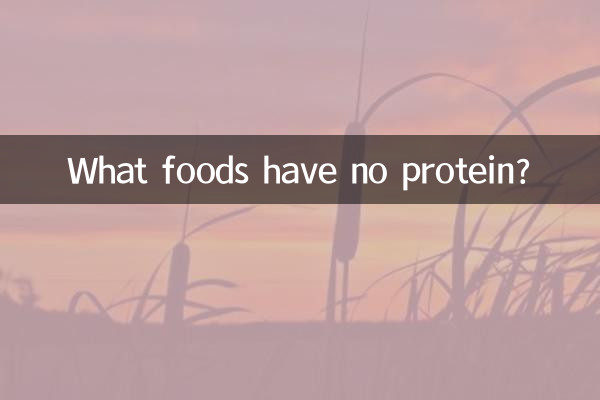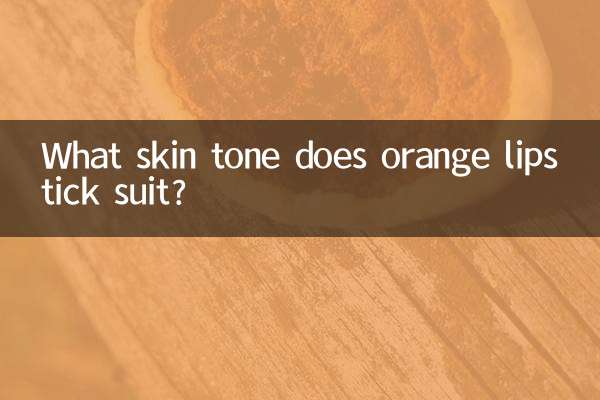What food has no protein? Uncovering the Low-Protein Diet Choices
Protein is one of the essential nutrients for the human body, but some special groups (such as patients with chronic kidney disease) may need to limit protein intake. So, which foods contain little or no protein? This article will combine the hot health topics on the Internet in the past 10 days, compile a list of low-protein or no-protein foods for you, and provide structured data reference.
1. Background of popular health topics across the Internet

Recently, in social media and health forums, topics such as low-protein diet, vegetarian nutrition, and dietary management of chronic diseases have become more popular. The following is the search data for related topics in the past 10 days:
| hot topics | search volume index | Related groups |
|---|---|---|
| Low Protein Diet Guidelines | 8,500+ | kidney disease patients |
| Recommended protein-free snacks | 6,200+ | fitness enthusiast |
| plant based diet nutrition | 12,000+ | vegetarian group |
2. List of no-protein or low-protein foods
The following foods contain less than 1 gram of protein per 100 grams and are suitable for people who need to control their protein intake:
| food category | specific food | Protein content (g/100g) |
|---|---|---|
| Fruits | watermelon, apple, grape | 0.5-0.8 |
| Vegetables | Cucumber, lettuce, winter melon | 0.3-0.7 |
| Grease | vegetable oil, butter | 0 |
| sweetener | sugar, honey | 0 |
| Beverages | Purified water, sugar-free soda | 0 |
3. Protein intake recommendations for special groups of people
According to recent content in popular medical journals, the daily protein needs of different groups of people vary greatly:
| Crowd type | Recommended daily amount of protein | Foods to be restricted |
|---|---|---|
| healthy adults | 0.8-1.2g/kg body weight | No special restrictions |
| Chronic kidney disease patients | 0.6-0.8g/kg body weight | meat, beans |
| patients with phenylketonuria | strict restrictions | All high protein foods |
4. Precautions for a protein-free diet
1.Nutritionally balanced: Long-term protein-free diet may lead to malnutrition and needs to be carried out under the guidance of a doctor.
2.energy supplement: Maintain energy by increasing carbohydrate and healthy fat intake
3.micronutrients: Pay attention to supplementing vitamin B complex and other nutrients that usually come from protein foods
4.food labels: Read processed food ingredient lists carefully as many condiments and additives contain hidden proteins
5. Low-protein alternatives that have become popular recently
According to e-commerce platform sales data, the search volume of the following low-protein foods has increased significantly in the past 10 days:
| product type | Popular brands | protein content |
|---|---|---|
| low protein rice | Renalife | 0.3g/100g |
| protein-free noodles | PKU Perspectives | 0g/100g |
| low protein bread | Juvela | 0.5g/100g |
Conclusion
Although there are fewer foods that contain no protein at all, by making wise choices, it is possible to construct a low-protein diet that suits your specific needs. It is recommended that people with special dietary needs consult a professional nutritionist to develop a personalized diet plan. At the same time, attention is paid to the development of food technology. A variety of protein substitutes have emerged in recent years, providing more choices for dietary management.

check the details

check the details